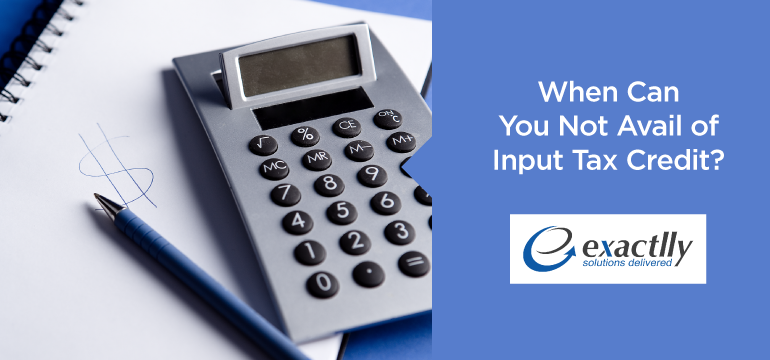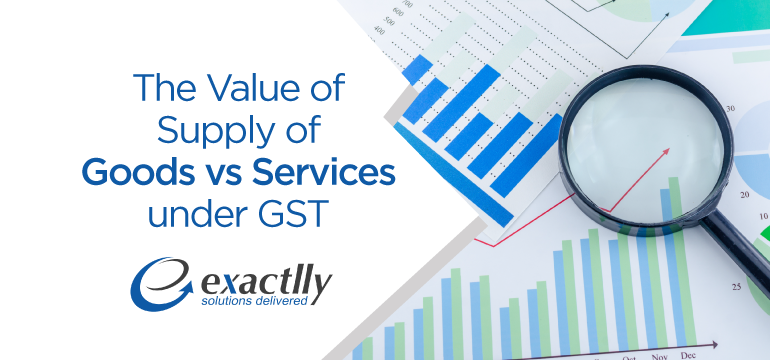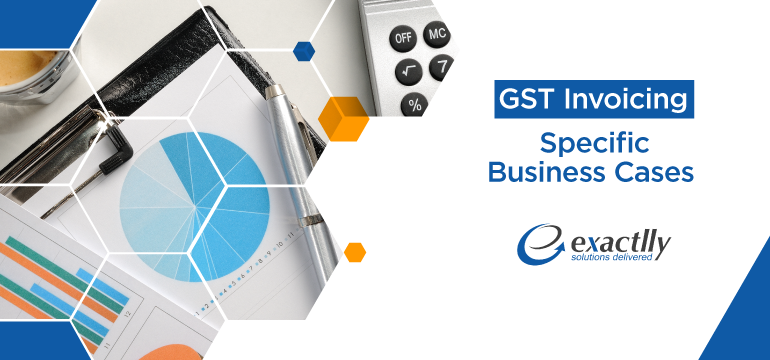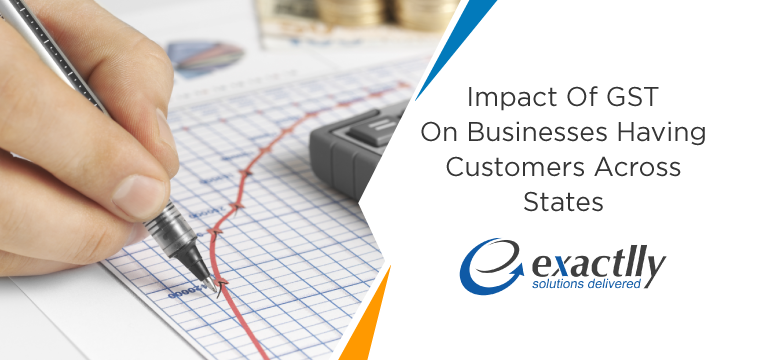Differences between GST and Current Tax Regime
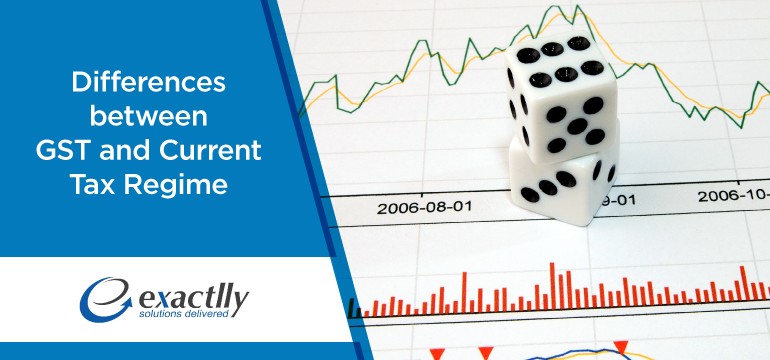
The Goods and Services Tax, popularly known as the GST is a single unified tax system whose primary focus is to consolidate the several tax systems that have plagued India’s current tax regime. You may have heard of One Nation – One tax – this concept has become popular in an attempt to do away with the complex taxes that are levied, often times unfairly, within the country. This GST is so hyped because it has become the biggest tax reform to have taken place in India since independence.
People are concerned as to the impact that the GST reform will have and most importantly, crave to understand the differences in the current tax regime as opposed to the GST. What are the changes it will bring? How will it affect the taxpayer?
As per the GST, geographical boundaries are expected to be done away with so that the entire country can work together in a single marketplace. Under the GST system, taxes are proposed to be collected and shared amongst the centre, states and union territories on the basis of the nature of the transaction so conducted – whether intrastate or interstate.
The various tax components that have been segregated are –
- Central GST – applicable to supplies taking place within the state and to be shared with the centre.
- State GST – applicable to supplies taking place within the state and to be shared with the state.
- Integrated GST – applicable on supplies taking place interstate as well as imports and to be shared between the centre and the state.
The current tax regime has various taxes which have now been subsumed with the advent of the GST in the following manner –
- Central Tax to include Excise Duty, Service Tax, ADE, Surcharge and cess, CVD and SAD.
- State Tax to include VAT, CST (to be shared between the state and centre), purchase tax, luxury tax, surcharge and cess, entry tax.
The taxes that have been subsumed under the GST are as follows –
- Central GST to include – excise duty, service tax, ADE, surcharge and cess
- State GST to include – VAT, purchase tax, luxury tax, entry tax, surcharge and cess
- Integrated GST to include – CST, CVD and SAD

